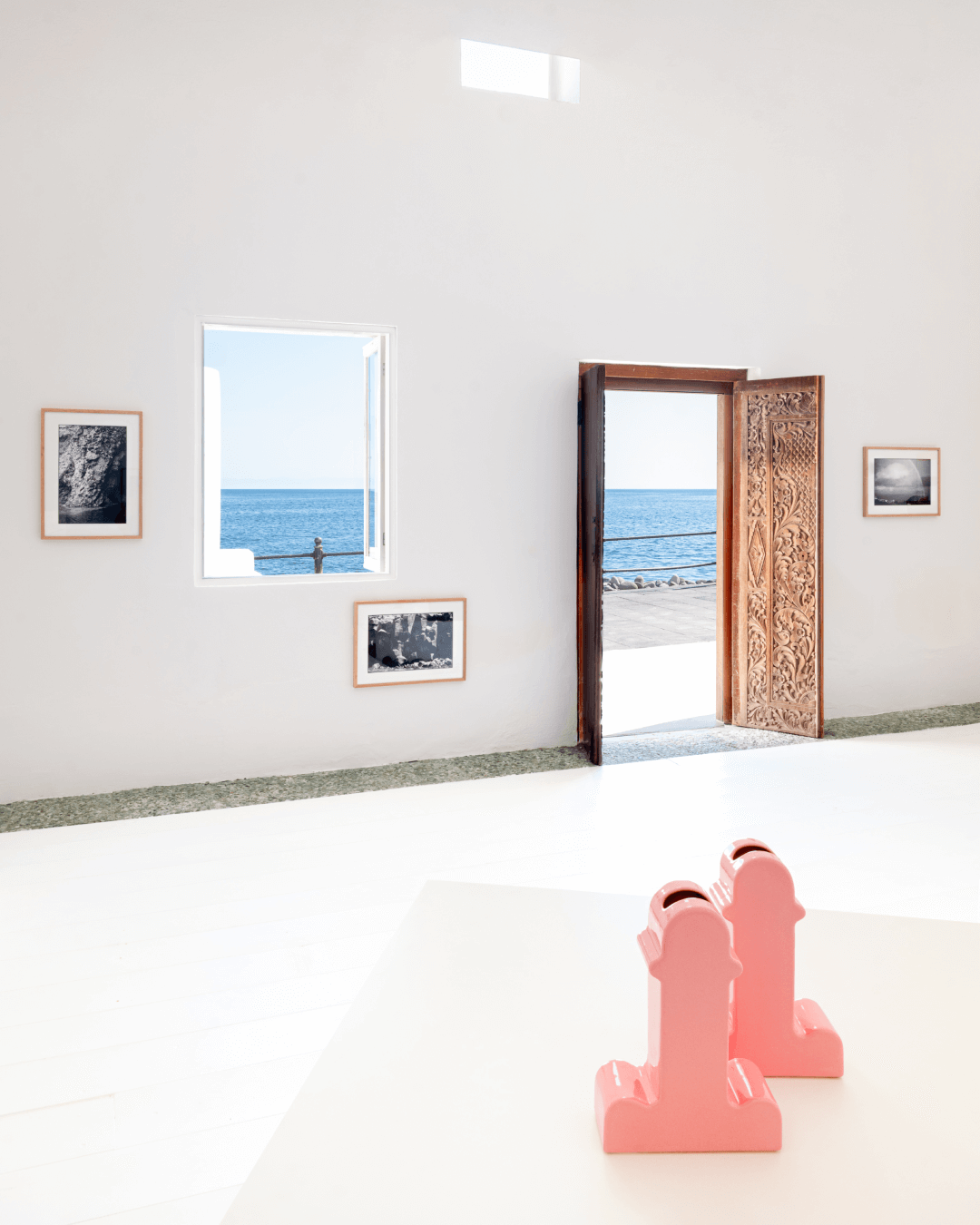
Is visiting an exhibition nude better? For the Barcelona Museum of Archaeology of Catalonia, it is
Recently, the Museum of Archaeology of Catalonia of Barcelona organised a special visit in which members of the Catalan Naturist Club were able to enjoy the photographic exhibition dedicated to the Riace Bronzes, curated by the Italian photographer Luigi Spina, without clothes. Discovered in 1972 on the seabed of the Ionian Sea in Calabria, dating back to the 5th century BC, the Riace Bronzes are famous statues representing two completely naked warriors. With this initiative, the Catalan museum aimed to offer people the opportunity to observe the exhibition in the same condition as the subjects represented by the art work, which is in complete nudity, in order to achieve a kind of "equality" between the statues and the audience. According to the principles of the naturist movement, nudity can have a positive impact on people's well-being and health, making them more comfortable and in closer contact with the surrounding environment, among other things. Born in Germany and the United Kingdom between the late 19th and early 20th centuries, the movement advocates avoiding wearing clothes whenever possible in leisure time, in pursuit of a more essential lifestyle in harmony with nature. It is, however, distinct from simple nudism, which refers to the practice of being without any clothing. For naturism, complete nudity is also unrelated to sexuality and is not considered indecent, as it does not involve erotic aspects.
What it feels like to visit an exhibition while nude
The Museum of Archaeology of Catalonia initiative was a closed-door event with limited access, and it indeed required full nudity (the museum recommended wearing shoes). Even the guide accompanying the group during the visit was in the nude. The Spanish newspaper El Spagnol reported the testimony of Marta, a 59-year-old healthcare worker who was part of the naturist group. According to Marta, the difference compared to visiting a museum dressed is that «you can better understand that nudity has always existed, and one's body should not be a source of shame for anyone.» This was not the first time the Catalan museum promoted such an initiative. The previous September, they had allowed a naturist group to visit their exhibitions, guided by art historian Irene Vicente Salas, who had initially come up with the idea. Speaking with the Spanish newspaper El País, Salas (who was also without clothes) described it as a «wonderful experience» that allows for a unique relationship with the artworks. The art historian also mentioned being surprised by how «centuries of false prejudices» regarding nudity among other people disappeared so quickly.
How common are naturist exhibitions
Naturism is quite widespread today in some Scandinavian countries, as well as in Spain and France. In France, there is even the village of Cap d'Agde, the most famous naturist resort in Europe and one of the largest in the world attracting tens of thousands of people each year. In these countries, it's not uncommon for museums to organise exclusive experiences for naturists. The first guided tour without clothes in France took place in Paris in May 2018 at the Palais de Tokyo Museum of Contemporary Art, thanks to the local naturist association that made the initiative possible. Two years later, the Cerdanyola Museum in Barcelona, during the The Naked Man: Exposing Masculinity Archetypes exhibition, offered the opportunity to experience the exhibition in this way, which had never happened before in the country. In November 2022, the Maillol Museum in Paris, in collaboration with the French Naturist Federation, organised three nude visits as part of the Hyperrealism: This Is Not a Body exhibition, and there were nearly 800 reservations.















































